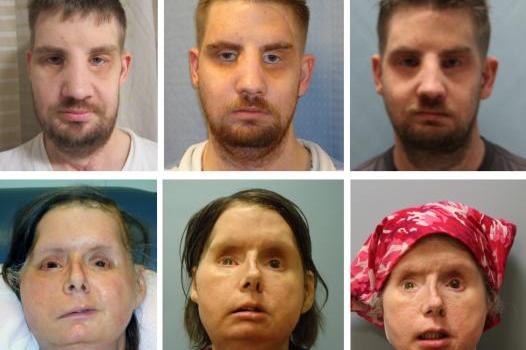
BOSTON, Dec. 4 (UPI) — There have been more than 30 face transplants performed around the world, however researchers have been unsure how recipients would fare long-term because the field is so new.
In a new study, researchers found transplanted faces change their appearance based on the recipient’s bone structure and appear to age at an accelerated rate. And while doctors have confirmed something is going on to appear like faster aging, they note they’re unsure exactly what is happening.
“The field of face transplantation is young, and we are all learning about our interventions and their outcomes,” said Dr. Bohdan Pomahac, a surgeon at Brigham and Women’s Hospital and Harvard Medical School who performed the first facial transplant in the United States, in a press release.
“We studied why transplanted faces seem to age fast as well as we could, but we don’t really know many other things: When does this process end? Is it possibly a sign of inadequate blood supply or ongoing rejection? As often occurs in science, our study raises more questions than it answered.”
Researchers followed three face transplant recipients for 36 months to see how their faces held up over time. The researchers reported a significant decrease in facial volume that resembled aging, however it was a reduction in volume of bone and muscle, rather than facial fat or skin thickness seen in normal aging.
Researchers note in the study countermeasures are needed to reverse, delay or prevent atrophy causing the appearance of aging in transplanted faces. “But first we have to understand what’s exactly going on, and we are not there yet.”
The study is published in the American Journal of Transplantation






